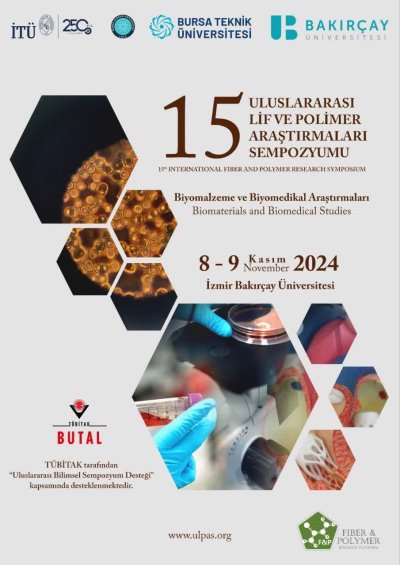0% Complete
Authors :
Keywords :
Abstract :
List of archived papers
Recep Furkan Turan - Aleyna Turanlı - Cemil Dızman
Gonca ALAN - Ayşe ŞEVKAN MACİT - Sevcan ÜSTÜN
Burak SOZEN - Halil I. AKYILDIZ
Ebru Yabas - Rahmi Canpolat - Esra Kayas - Fatih Ozaydın
Halil İbrahim TURGUT - Begüm Selçuk ELGÜN - Özlem YARAR
Halil İbrahim TURGUT - Begüm SELÇUK ELGÜN - Özlem YARAR
SEZAİ OZAN - SUNAY ÖMEROĞLU



